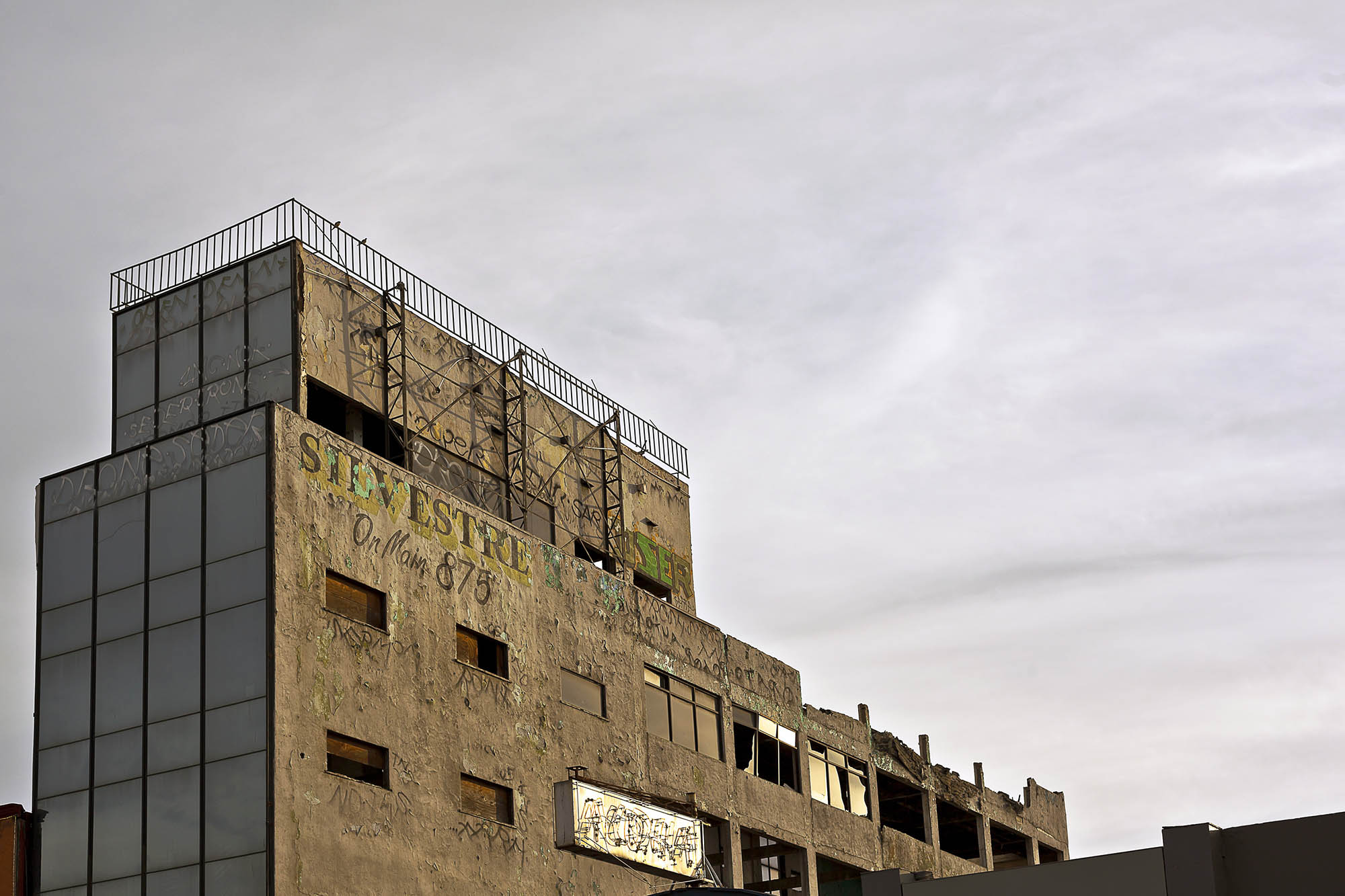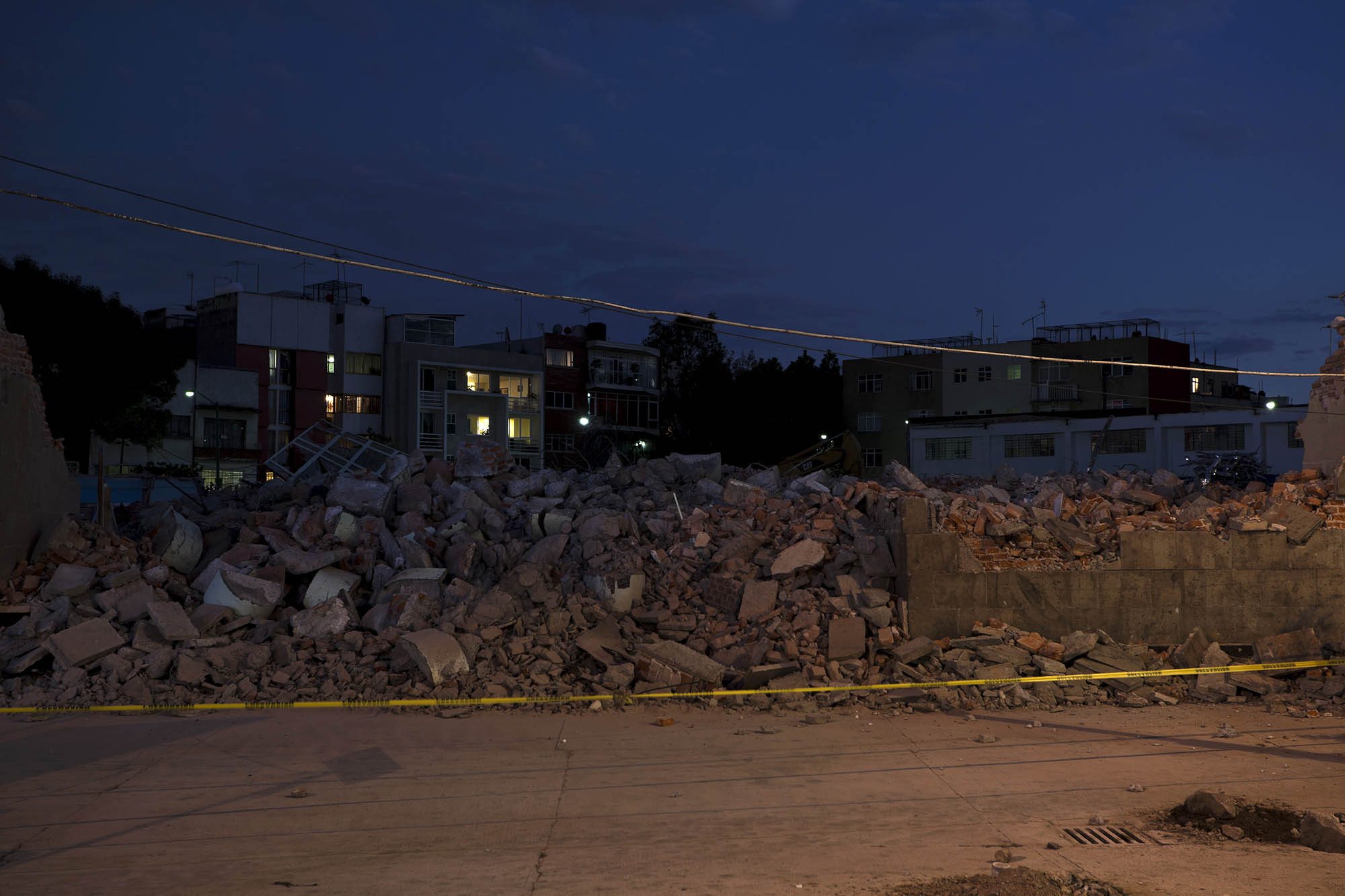Welcome to Paradise (I)

Saline, 2015. Digital image, inkjet print. 47 x 70 in.

Airport, 2015. Digital image, inkjet print. 51 x 82 in.

Vanishing point, 2014. Digital image, inkjet print. 51 x 82 in.

Prefabricated, 2016. Digital image, inkjet print. 34 x 51 in.

Laboratory, 2016. Digital image, inkjet print. 34 x 51 in.

Exit only, 2015. Fotografía digital, impresión de inyección de tinta. 87 x 130 cm.Digital image, inkjet print. 34 x 51 in.

Double reflection, 2017. Digital image, inkjet print. 34 x 51 in.

Panopticon, 2016. Digital image, inkjet print. 34 x 51 in.

Wild, 2015. Digital image, inkjet print. 34 x 51 in.

Delegation, 2014. Digital image, inkjet print. 34 x 51 in.

Protect yourself from head to toe, 2016. Digital image, inkjet print. 118 x 196 in.


Your steps :, 2017. Digital image, inkjet print. 34 x 51 in.

Switchyard, 2014. Digital image, inkjet print. 34 x 51 in.

Ocean view, 2016. Digital image, inkjet print. 34 x 51 in.

No name colony 5, 2016. Digital image, inkjet print. 34 x 51 in.

Hotel, 2016. Digital image, inkjet print. 40 x 80 in.

Backbone, 2016. Digital image, inkjet print. 34 x 51 in.

Ex cinema, 2016. Digital image, inkjet print. 34 x 51 in.

The bridges I, 2014. Digital image, inkjet print. 34 x 51 in.

The bridges II, 2014. Digital image, inkjet print. 34 x 51 in.

The bridges III, 2015. Digital image, inkjet print. 34 x 51 in.

The bridges IV, 2015. Digital image, inkjet print. 34 x 51 in.

The bridges V, 2016. Digital image, inkjet print. 34 x 51 in.

Canis minor, 2016. Digital image, inkjet print. 34 x 51 in.

Displaced cube, 2015. Digital image, inkjet print. 34 x 51 in.

Guillotine, 2016. Digital image, inkjet print. 34 x 51 in.

Encampment, 2015. Digital image, inkjet print. 34 x 51 in.

Reef, 2016. Digital image, inkjet print. 34 x 51 in.

The desire room, 2014. Digital image, inkjet print. 34 x 51 in.

Roots, 2014. Digital image, inkjet print. 34 x 51 in.

Trench, 2016. Digital image, inkjet print. 34 x 51 in.
Welcome to Paradise (I)
This project, curated by José Luis Barrios, comprehends photographs and video pieces about the city and its archetypes in the late modernism of Latin American cities: from the port of Valparaiso, in Chile to the Dry Port of Jalisco, in Mexico; passing through Mexico City, Monterrey, Santiago in Chile, Santo Domingo in the Dominican Republic, The Plain in Flames of Jalisco, and Navidad Bay.
“The collapse of the archetype onto that which is photographed, to the extent that the latter refers to fundamentally industrial and urban contemporary motifs, actualizes the primitive drive in the social and political present of the images. In the manner of a Benjaminian gesture, this artistic operation in Oswaldo Ruiz’s work echoes the idea that the past appears as an ash of lightning in the material present of history; a material present that in this case is photography as a critical condition of history in the era of technical reproducibility. Although this is a recent exploration for our photographer, that does not mean that it ceases to be an artistic strategy that shows in itself how he has reflected on and investigated the aesthetic and political potential of his visual poetics.
It is possible to think Welcome to Paradise as a drifting of the image, between the index and the dreams of the gaze. Through each of every photo located in space, and the video pieces, a vertigo in the gaze is searched, and a deconstruction and an archeology of the relationship between photography and Modernism. This series is an exploration of the affective collapse of the future and the past of the modern imaginary of the image, of photography.
Built between the tension between the potency of the future (inscribed in the instant as color in a digital matrix) and the resignification of “vintage” (as a material imaginary of analogue photography in black and white), Oswaldo Ruiz proposes a logic and a aesthetic of “the photographic plane” in which there is a knotwork of the rights of photography: to find in the discontinuous of time the drive of Modernity and its driftings.”
The high-resolution digital photographs that Oswaldo Ruiz has produced since 2013 are differentiated from his previous work by his abandonment of constructed illumination in favor of light (whether natural or artificial) as an element proper to the photographic situation. From my perspective, this change has resulted in a new semantics of his images whereby archetypes dissolve in the objects being photographed such that it is no longer the archaizing symbolic resource that defines the meaning of the images, but rather the internal tension between the latent archetypal structure and the photographic index that operates in them. At issue here is a complex strategy in which, behind the index of the image (a bridge, a street, a machine, a building), there throbs the archaic drive of instinct, affect, the body… In sum, this resource enables the primitive drive to operate as an aesthetic register in the indexical present of the image. Perhaps this is why a bridge can be a monster, a demolished sidewalk can be a contemporary allegory, etcetera.
José Luis Barrios